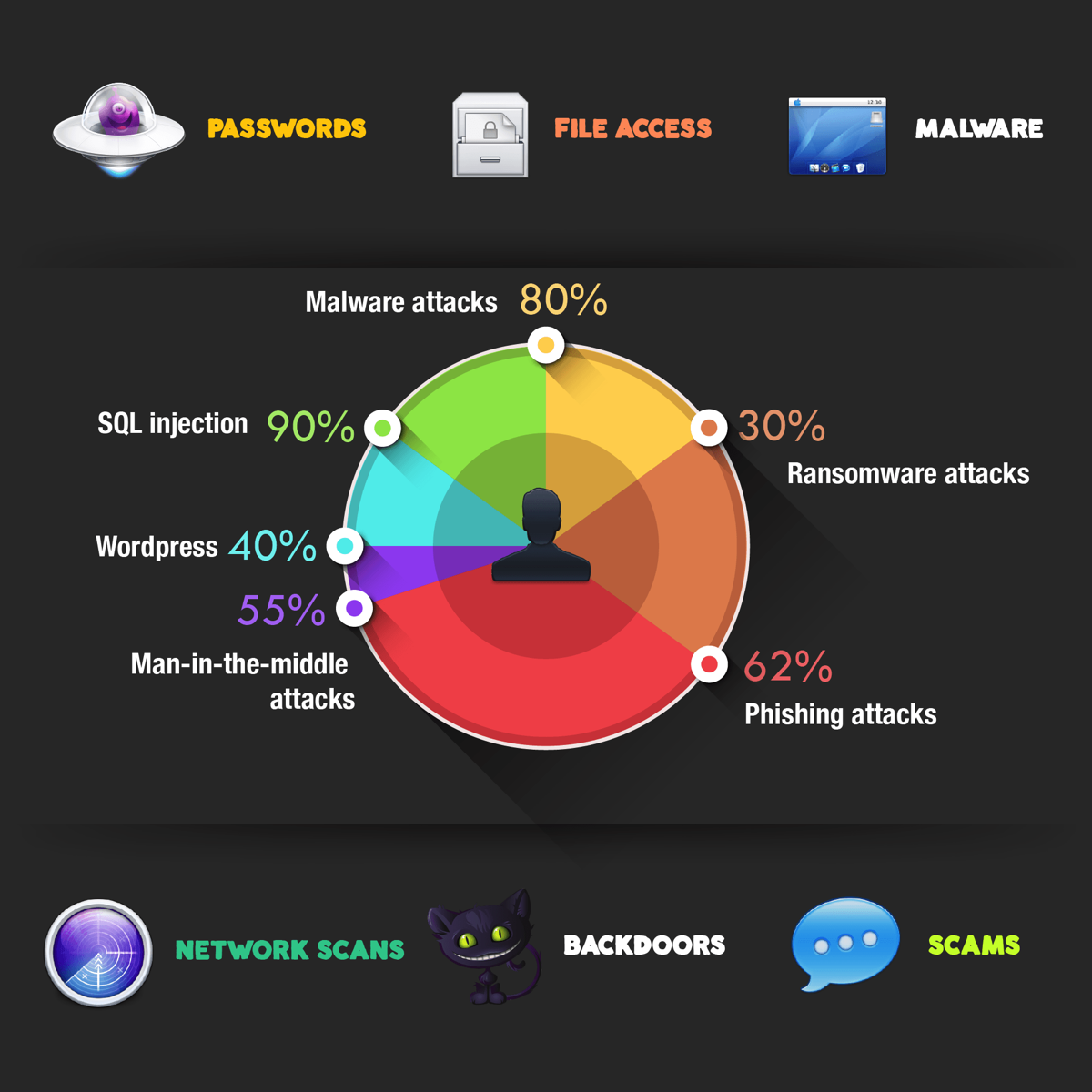

What is Incident Response?
Incident response involves a number of activities, including:
- Identification: The first step in incident response is to identify that an incident has occurred. This can involve monitoring for unusual activity or receiving notification from an external source.
- Analysis: Once an incident has been identified, the next step is to analyze the incident to determine its nature and scope. This can include gathering and analyzing logs, system data, and other relevant information.
- Containment: The goal of containment is to stop the incident from spreading and minimize its impact. This can involve isolating affected systems, shutting down affected services, and taking other steps to prevent further damage.
- Eradication: The next step is to remove the cause of the incident, such as by patching vulnerabilities or deleting malware.
- Recovery: After the cause of the incident has been removed, the next step is to restore affected systems and services to their normal state. This can involve repairing or rebuilding systems, restoring data from backups, and testing to ensure that the systems are functioning correctly.
- Lessons learned: Finally, it is important to review the incident and identify any lessons that can be learned to help prevent similar incidents in the future. This can involve updating policies, procedures, and training to address any weaknesses that were identified during the incident response process.
You are hacked!


Our Incident Response Service
By partnering with us, organizations can have the peace of mind of knowing that they have expert help available whenever an incident occurs.




